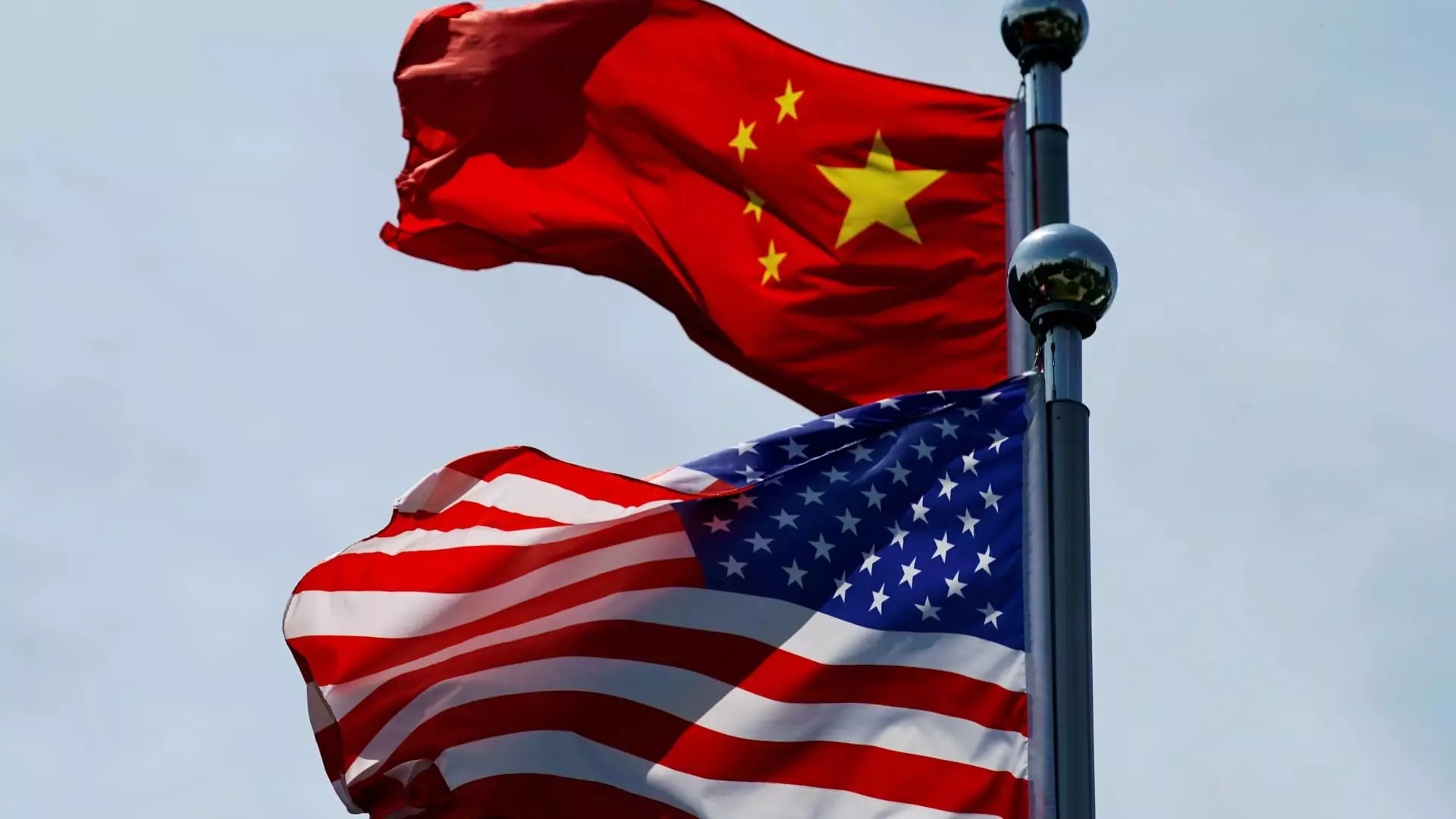With the inauguration of President-elect Donald Trump looming on January 20, the business world is abuzz with anticipation over his proposed economic policies, particularly concerning tariffs. In a recent announcement via his social media platform Truth Social, Trump revealed his intention to impose an additional 10% tariff on all goods imported from China. This move follows earlier declarations about imposing a 25% tariff on products from Mexico and Canada, which could effectively dismantle the existing regional free trade agreements. These tariff policies have sparked intense discussions regarding their implications for both domestic and international markets.
Rationale Behind the Tariffs
Trump has attributed these tariffs to pressing issues such as illegal immigration and the rampant drug trade infiltrating the United States, particularly underscoring the opioid crisis exacerbated by the influx of fentanyl. His remarks illustrate a longstanding concern over the dangerous substances entering the country through Mexico and the role that China plays in this crisis. By targeting Beijing, Trump aims to hold China accountable for what he perceives as insufficient action against drug trafficking, claiming they failed to enforce severe penalties against fentanyl perpetrators. This stand indicates a shift towards a more aggressive trade policy, reflecting a broader nationalistic agenda.
Market Reactions and International Implications
Interestingly, market analysts have reacted to Trump’s proposed tariffs with a mix of caution and expectation. Goldman Sachs’ chief China equity strategist noted that a 10% tariff is lower than anticipated, suggesting that financial markets had braced for a more severe 20% to 30% increase. This smaller-than-expected levy opens up questions about how China might respond economically, with suggestions that it may cut interest rates and stimulate fiscal growth to mitigate the impact of the tariffs. Given that the U.S. remains China’s largest trading partner, this trade war scenario could have cascading effects on global markets.
The proposed tariffs could stretch beyond just China. With Mexico and Canada being significant trading partners for the United States, the ripple effects from a breakdown of free trade could be severe. The North American trade landscape could be drastically altered, creating uncertainty for businesses dependent on cross-border trade. Trump’s aggressive strategy ostensibly aims to realign trade practices and terms that he feels favor the U.S. However, critics warn that such a combative approach risks harming the very industries he intends to protect, plunging the economy into a cycle of retaliatory measures.
These developments spotlight the delicate balance of international trade and diplomacy, highlighting how a shift in U.S. policy could reframe the dynamics between major global economies. Tariffs are not merely financial policies; they symbolize national security concerns, public health issues, and a redefining of America’s global standing. As Trump prepares to assume the presidency, the direction of U.S.-China relations, as well as relationships with other trading partners, remains uncertain. The next few months will be crucial for understanding the long-term implications of these proposed tariffs and whether they will lead to meaningful change or simply escalate tensions further.


Leave a Reply